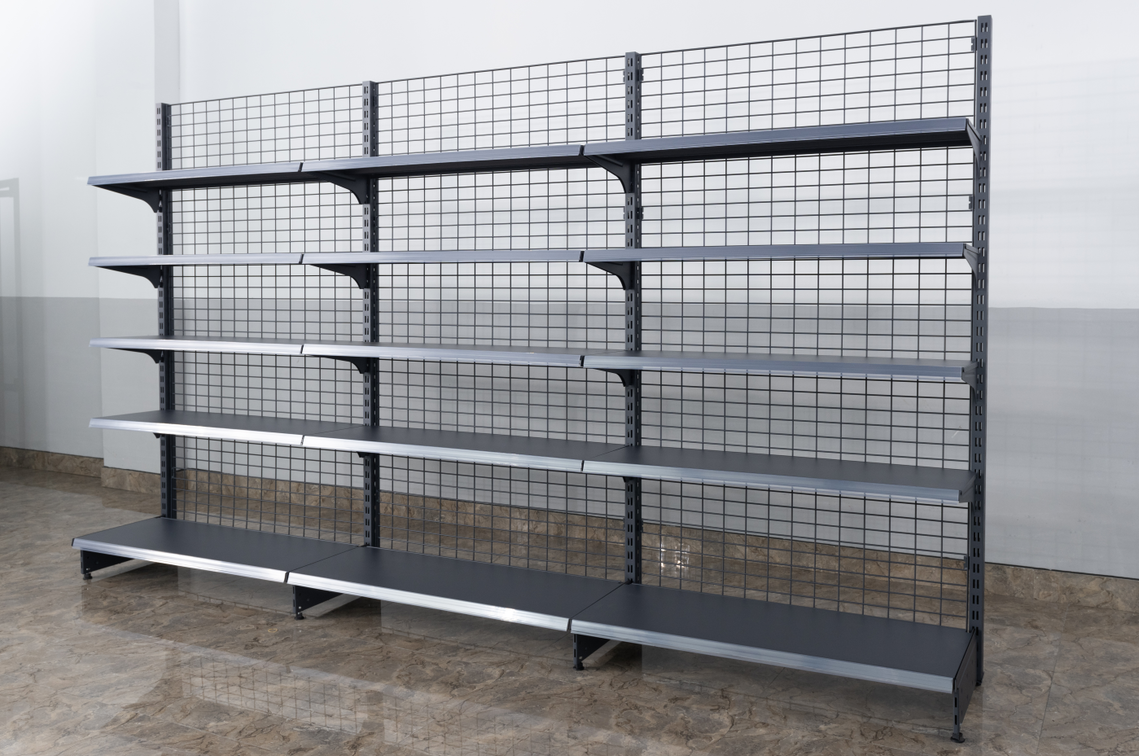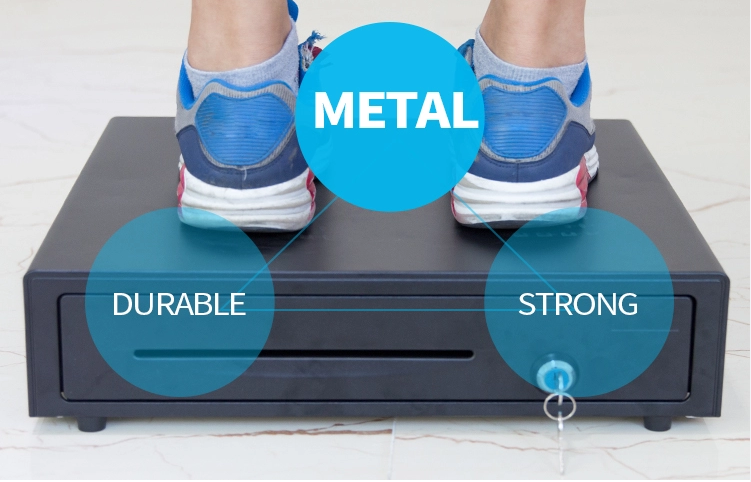warehouse racking system price
Warehouse racking system pricing encompasses various factors that determine the overall investment in storage solutions. The cost structure typically includes the basic framework, installation charges, and additional features that enhance functionality. Modern warehouse racking systems are designed with precision engineering, incorporating high-grade steel and advanced coating technologies to ensure durability and longevity. The price points vary based on system capacity, ranging from light-duty options for small businesses to heavy-duty installations for large-scale operations. Key pricing components include the type of racking (selective, drive-in, push-back, or cantilever), load capacity requirements, height specifications, and safety features. These systems typically feature adjustable beam levels, allowing for flexible storage configurations that can adapt to changing inventory needs. The pricing also accounts for compliance with international safety standards and local building codes, ensuring a secure storage environment. Advanced systems may include specialized components such as wire decking, row spacers, and column protectors, each contributing to the final cost. The investment in a quality racking system often represents a balance between immediate budget constraints and long-term operational efficiency.

